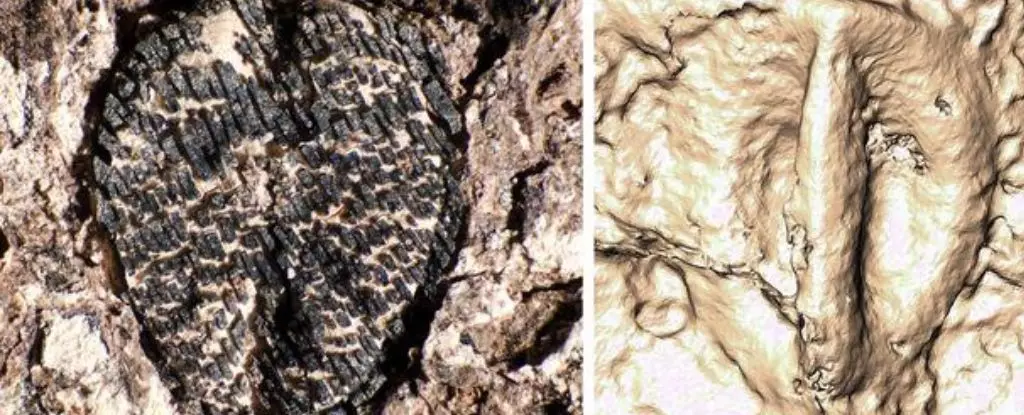The recent discovery of the oldest fossilized grape seed in the western neotropics has shed new light on the history of grape vines in South America. A team of scientists working in Colombia uncovered a tiny, 60 million-year-old fossil, indicating that grape vines began to spread globally from South America shortly after the extinction of most dinosaurs around 66 million years ago. The excitement of paleobotanist Fabiany Herrera from Chicago’s Field Museum was palpable when his colleague, Mónica Carvalho, first found the primeval seed in the Andes.
The discovery of the prehistoric grape seed challenges existing beliefs about the origins of grape vines on the continent. While there are approximately 100 species of grape vine from Mexico to Patagonia today, the fossil record of this plant family has historically been biased toward North America and Eurasia. The 60-million-year-old fossil seed, identified as Lithouva susmanii, along with eight other grape seed fossils found in Central and South America, suggests a much earlier and wider spread of grape vines than previously thought.
The emergence and spread of grape seeds appear to be linked to the extinction of dinosaurs. With the loss of these large herbivores, the forests underwent significant changes, creating new opportunities for plant growth. Grape vines, which thrive in crowded forests by latching onto other plants for support, may have benefitted from the absence of dinosaurs, allowing them to expand rapidly across different continents.
The presence of large animals like dinosaurs in prehistoric forests played a crucial role in shaping the ecosystem. By knocking down trees and maintaining open spaces within the forest, dinosaurs inadvertently influenced plant growth and diversity. The absence of these large herbivores following the extinction event allowed grape vines to flourish and spread, ultimately leading to the domestication of tropical grape vines by humans roughly 8,000 years ago.
The discovery of the oldest grape seed in South America provides valuable insights into the deep history and evolution of grape vines on the continent. By reevaluating existing beliefs and uncovering new fossil evidence, scientists like Fabiany Herrera and Mónica Carvalho are rewriting the narrative of grape vine history in the western neotropics. The impact of extinction events, such as the loss of dinosaurs, on plant life highlights the intricate connections between different species and the environment. As we continue to explore and learn from the past, we gain a better understanding of the forces that have shaped the world we inhabit today.

Leave a Reply